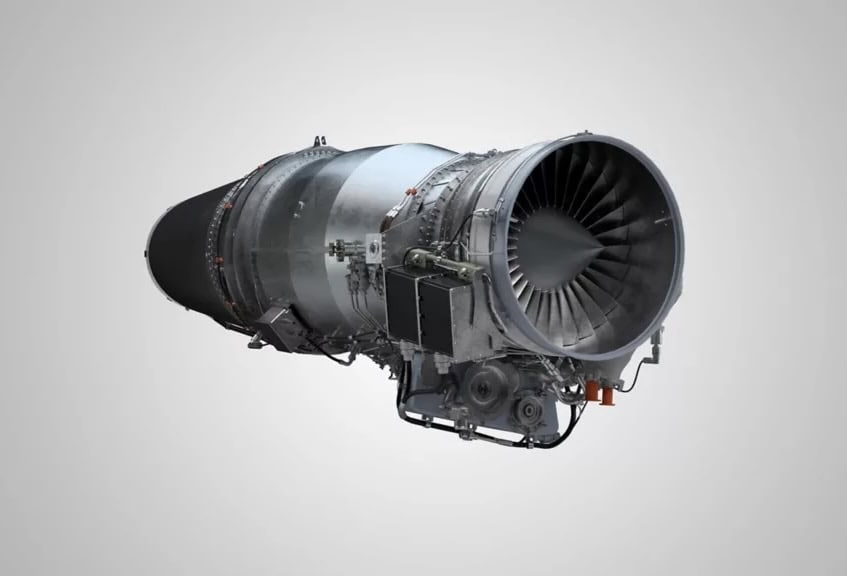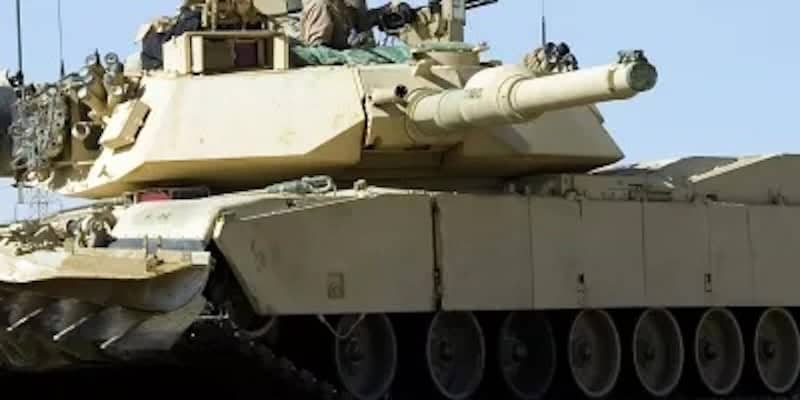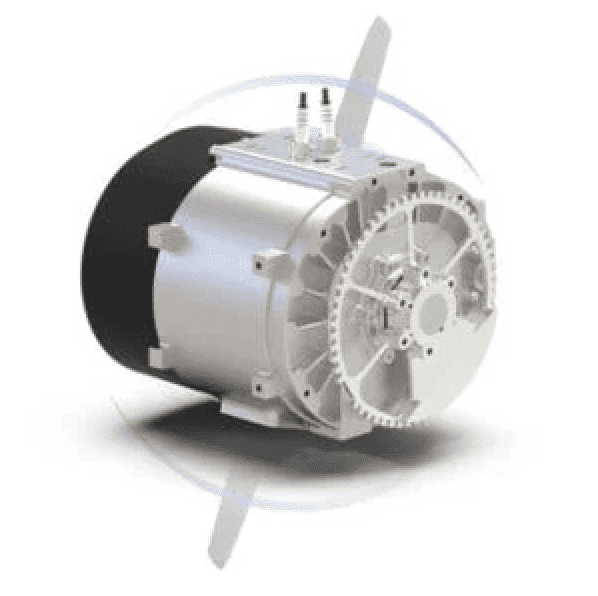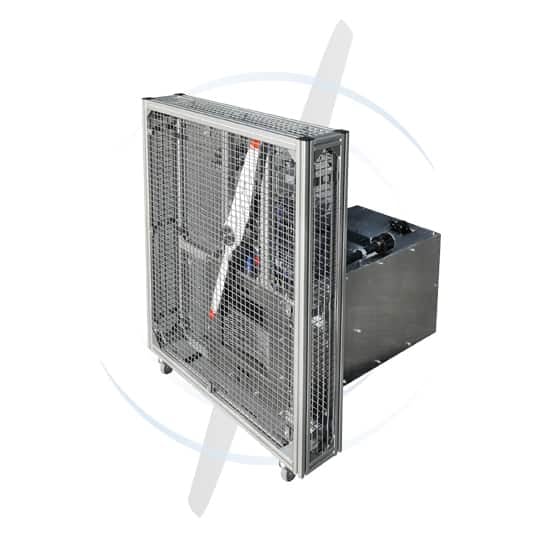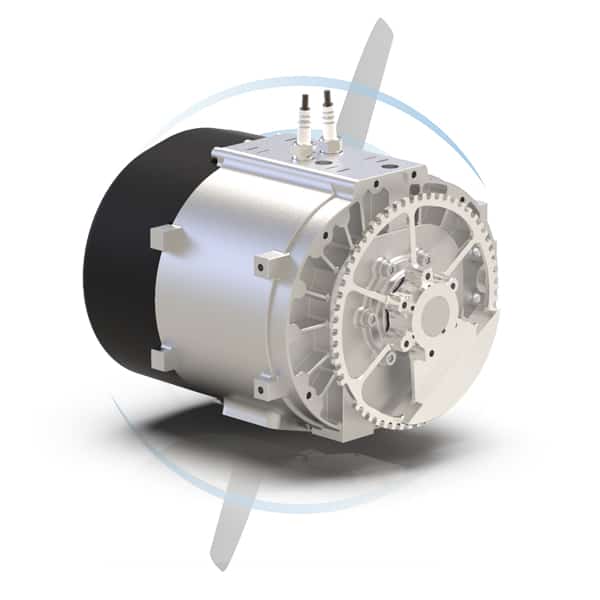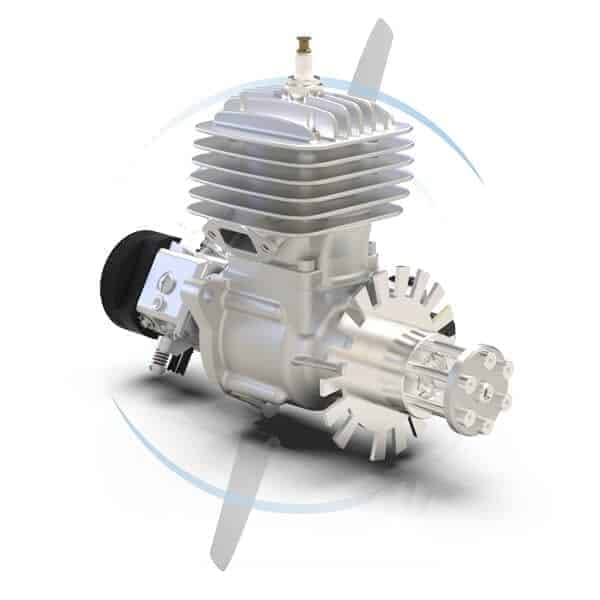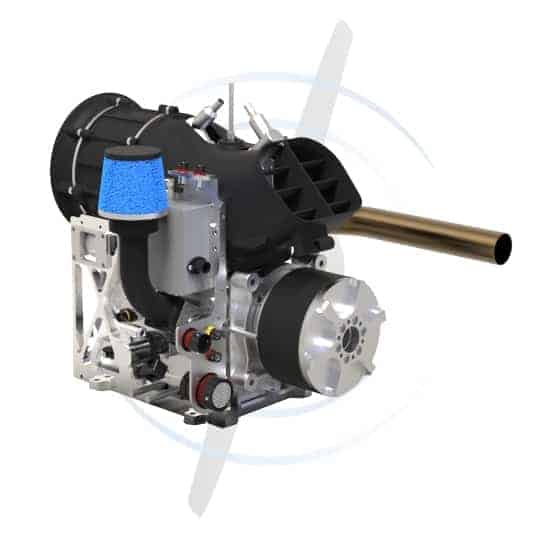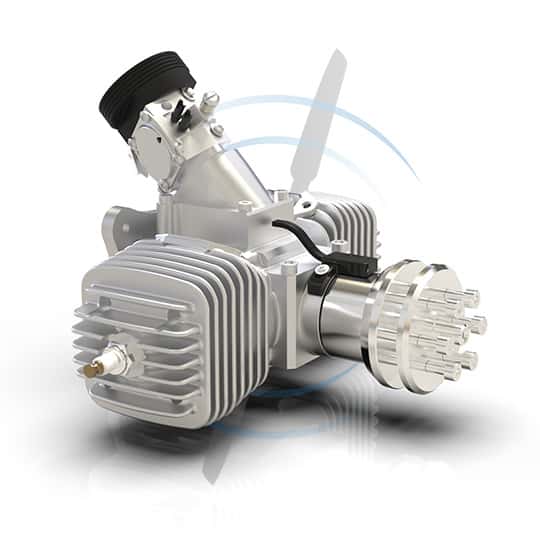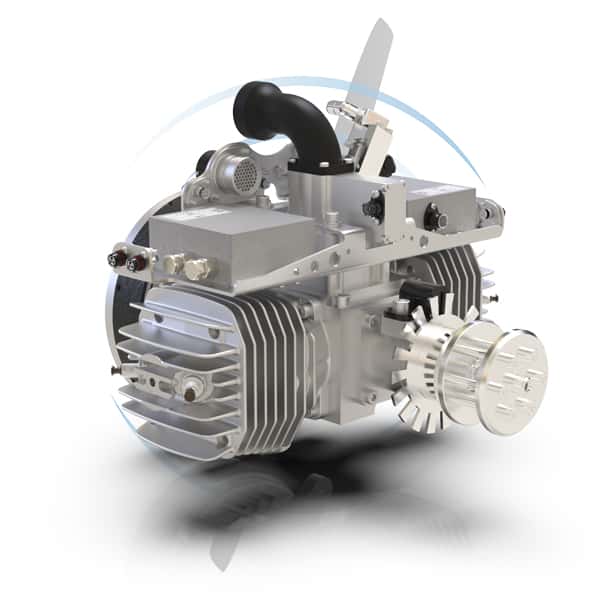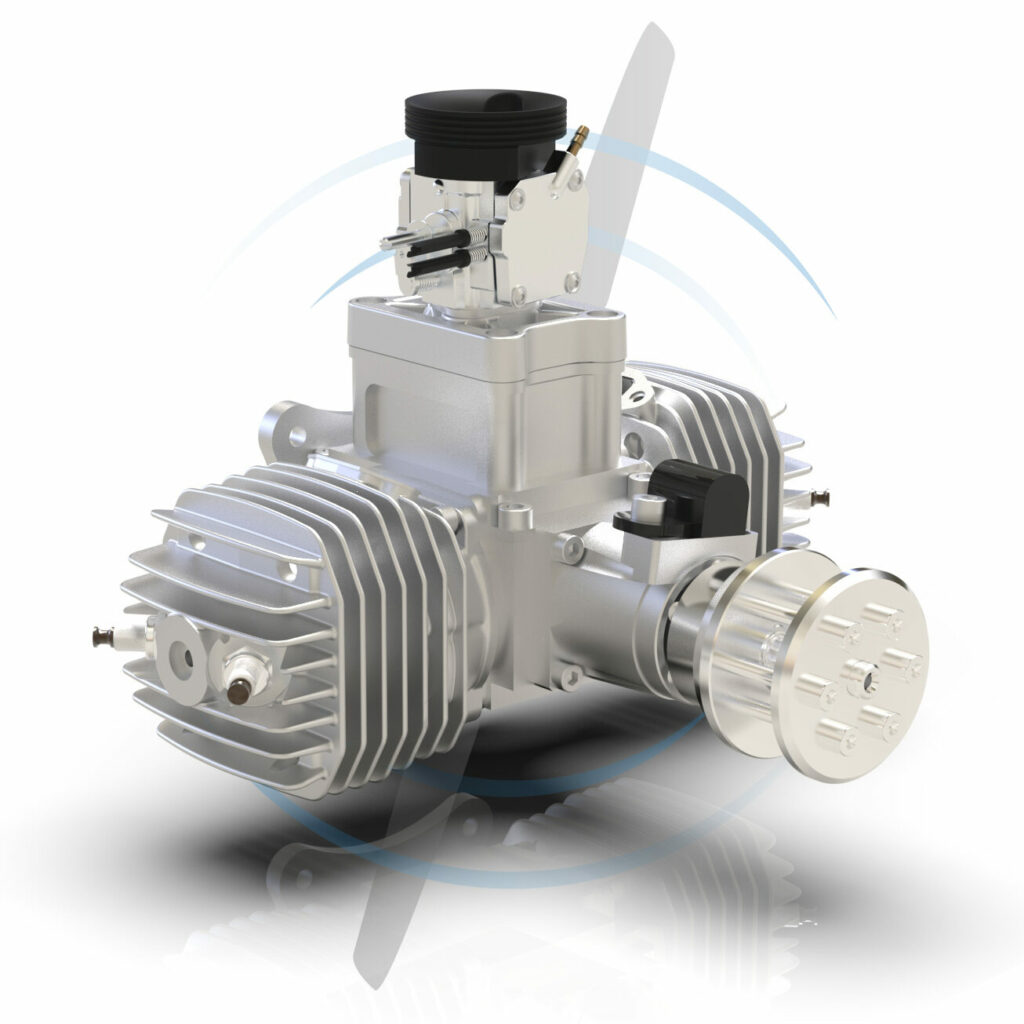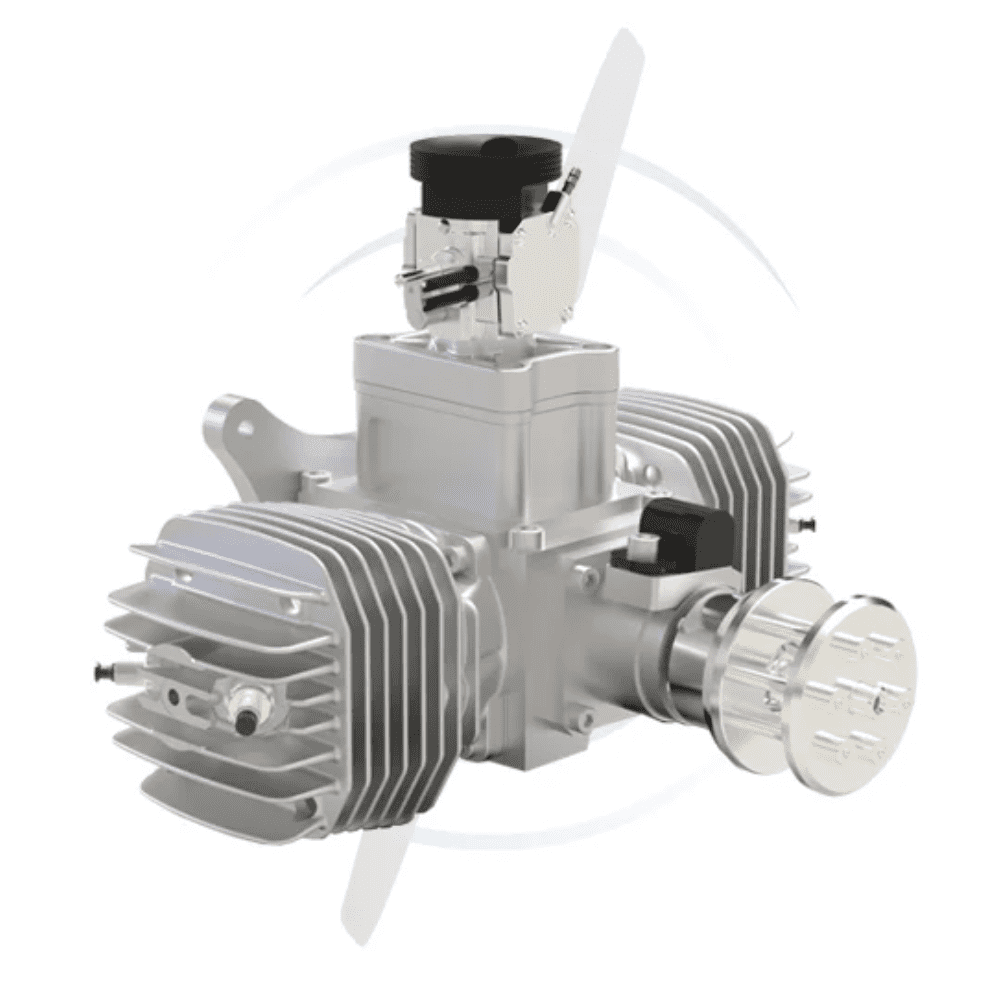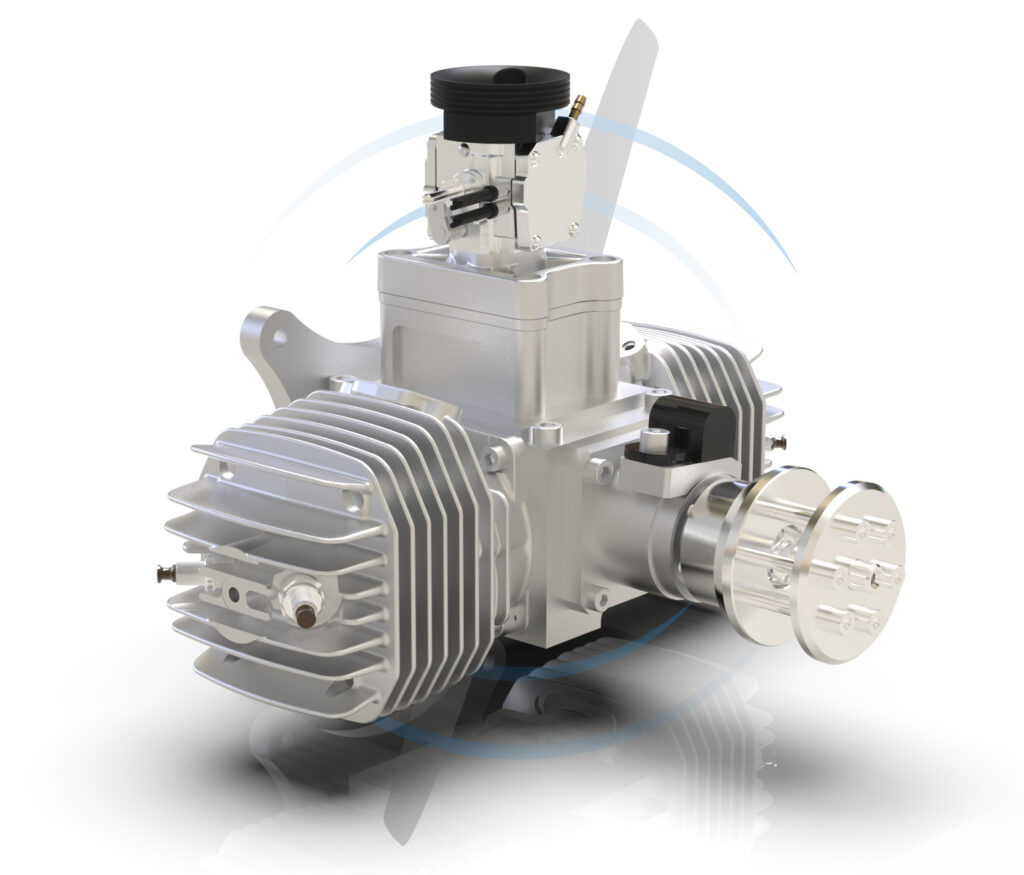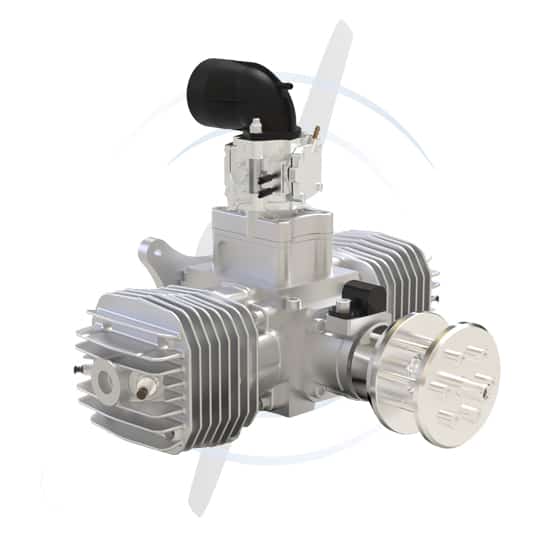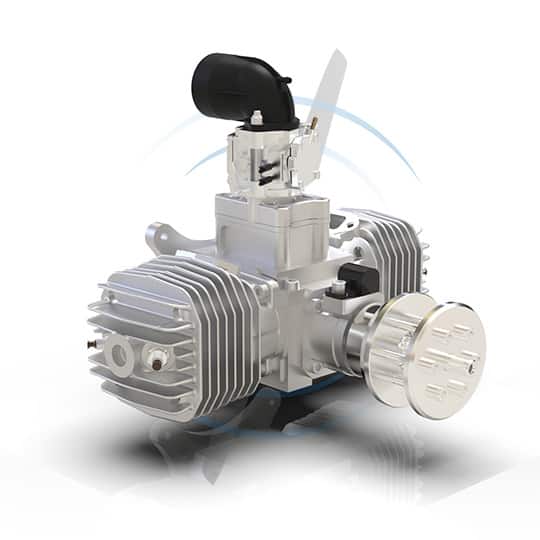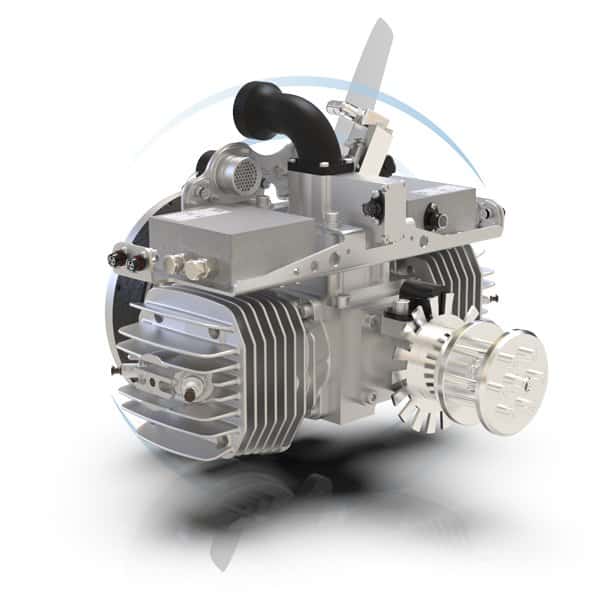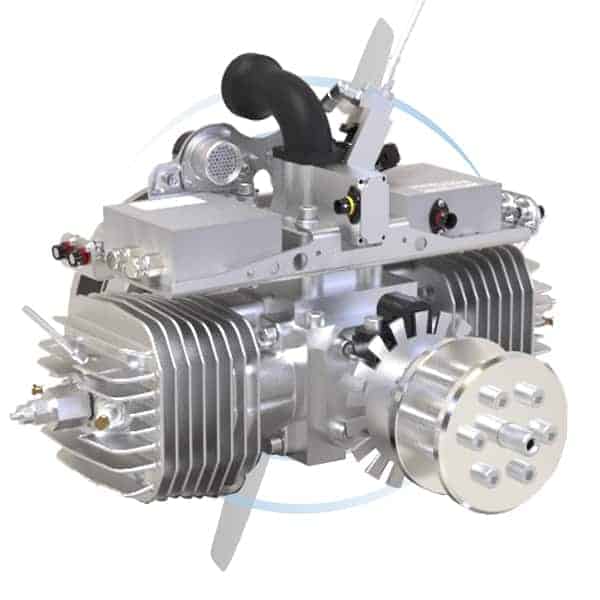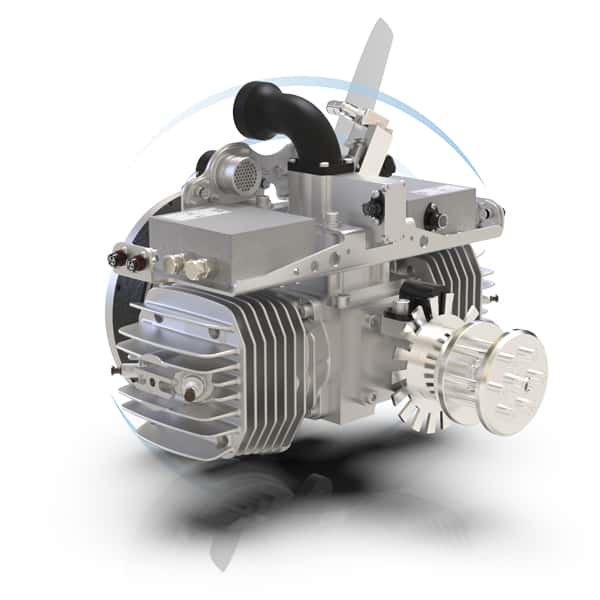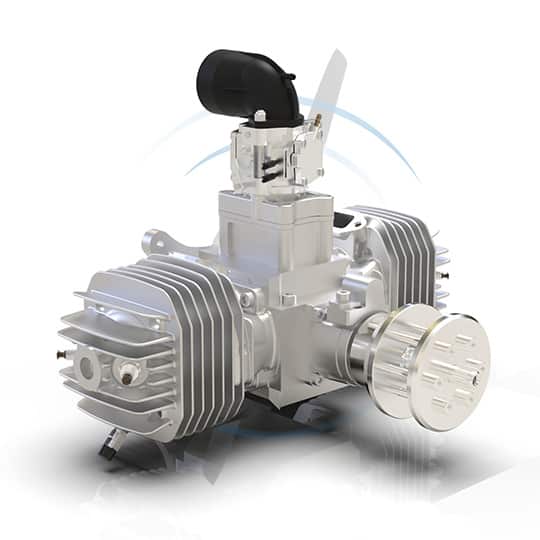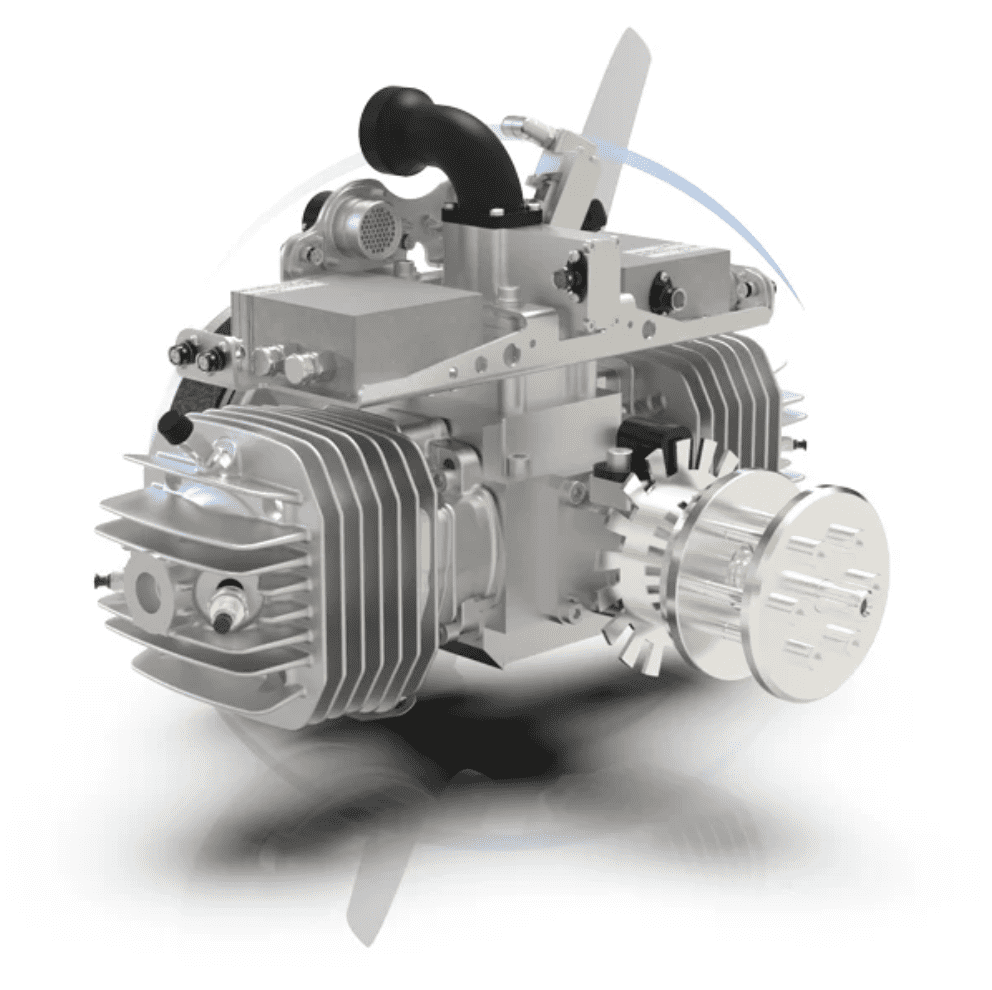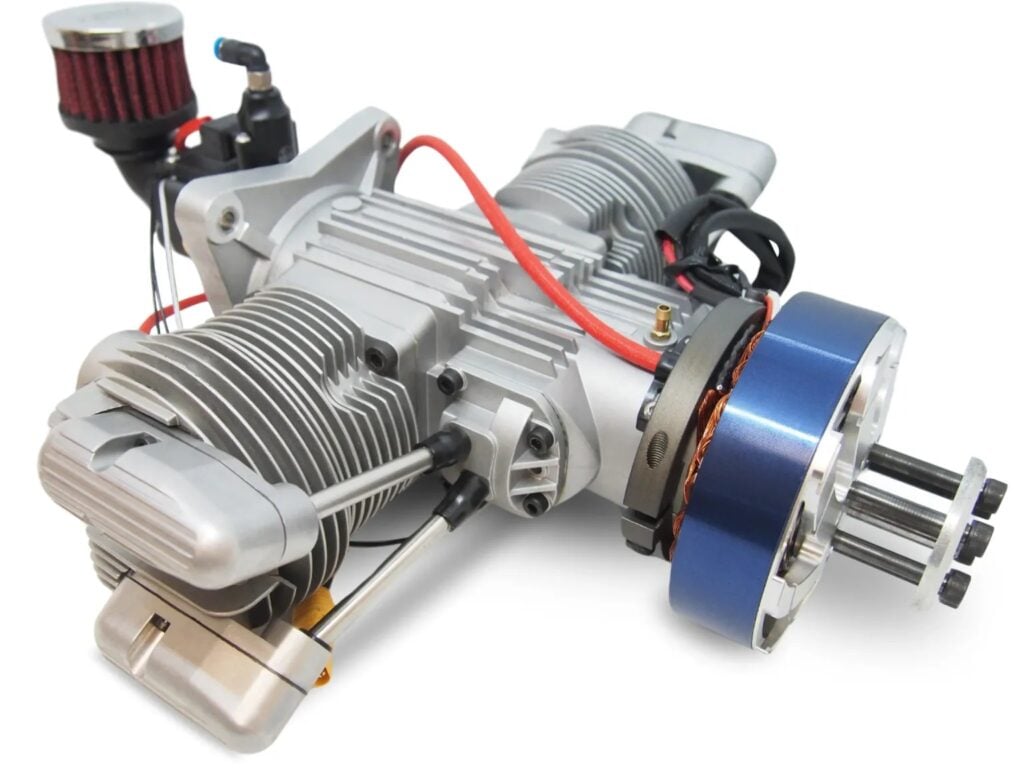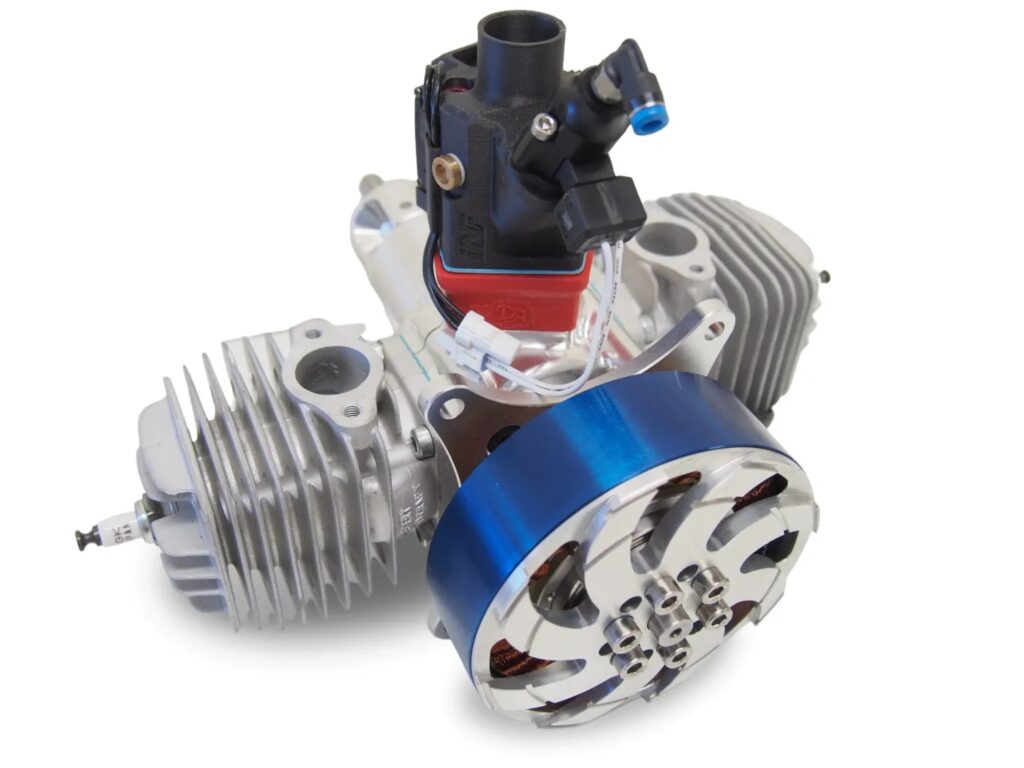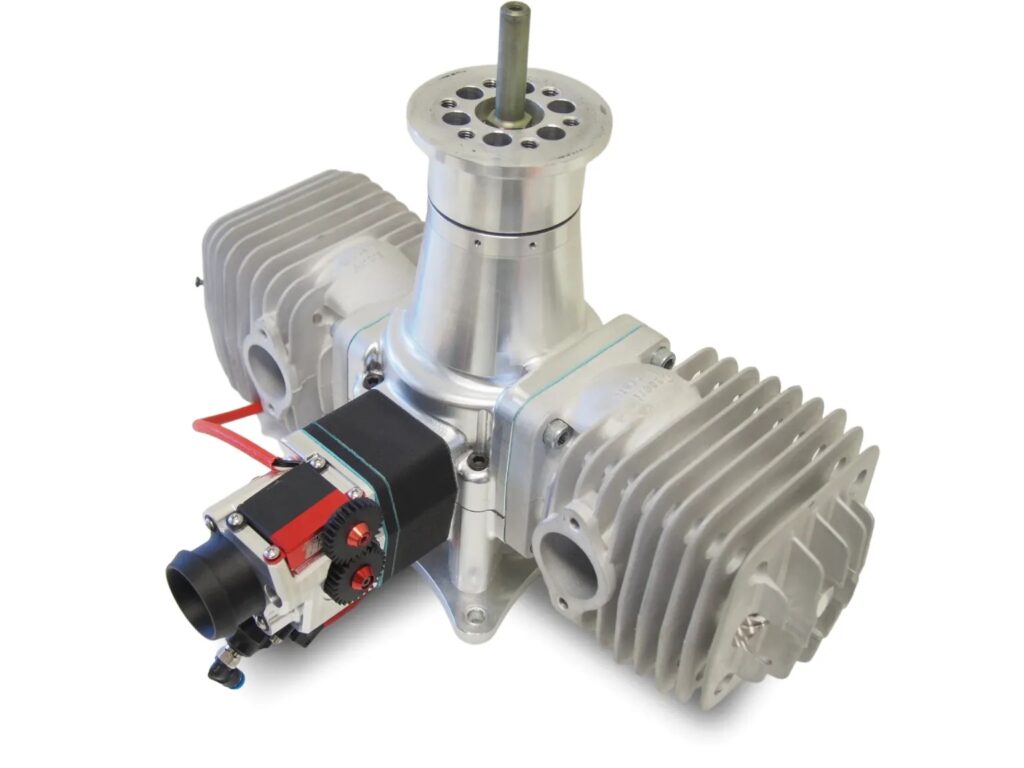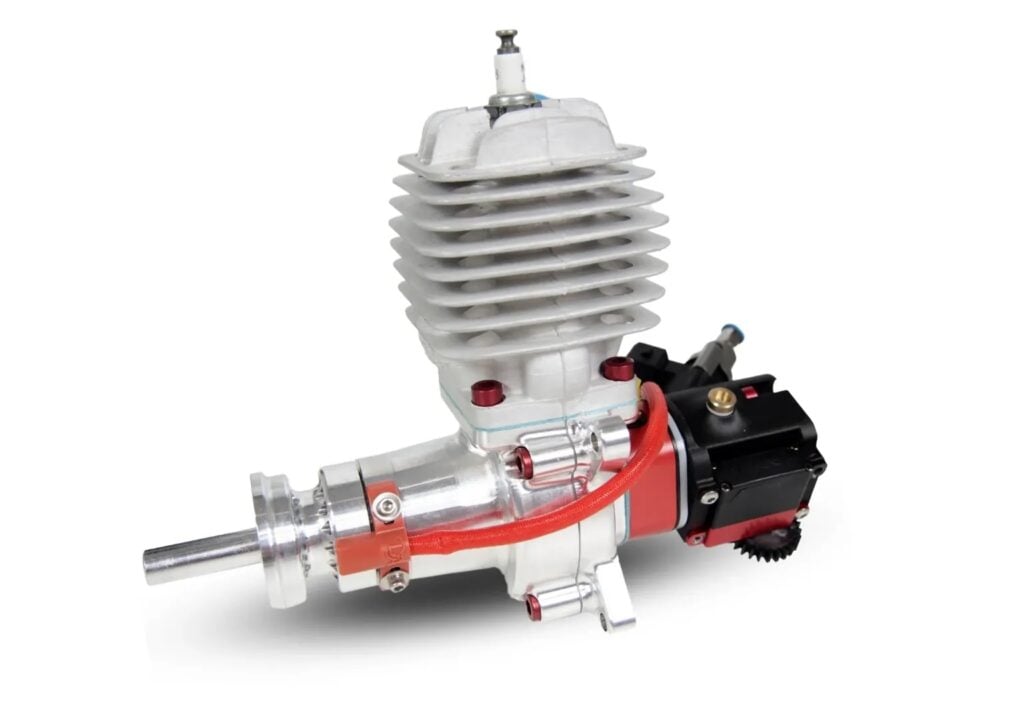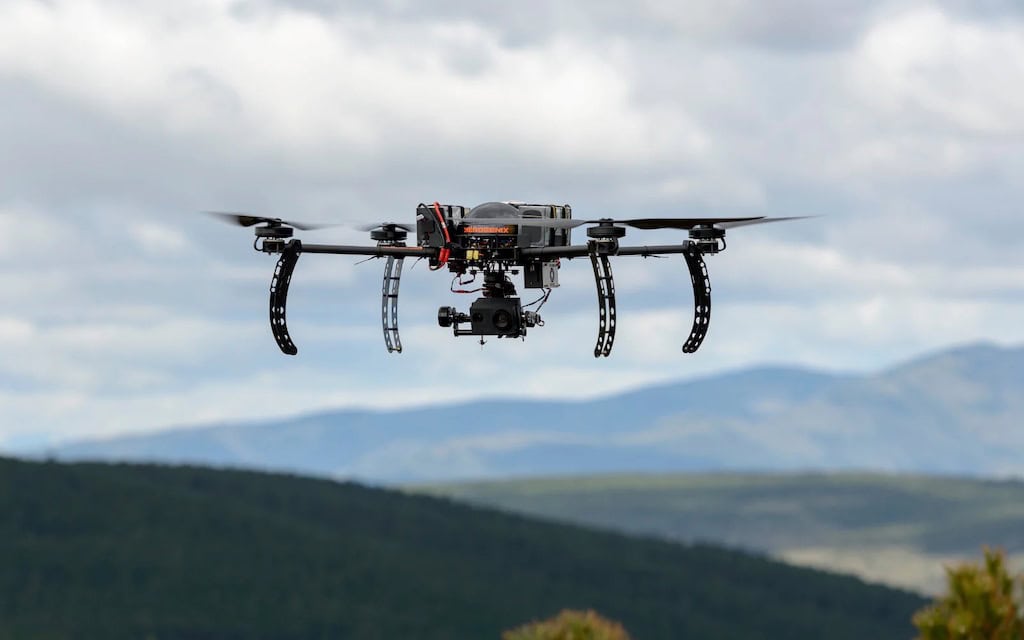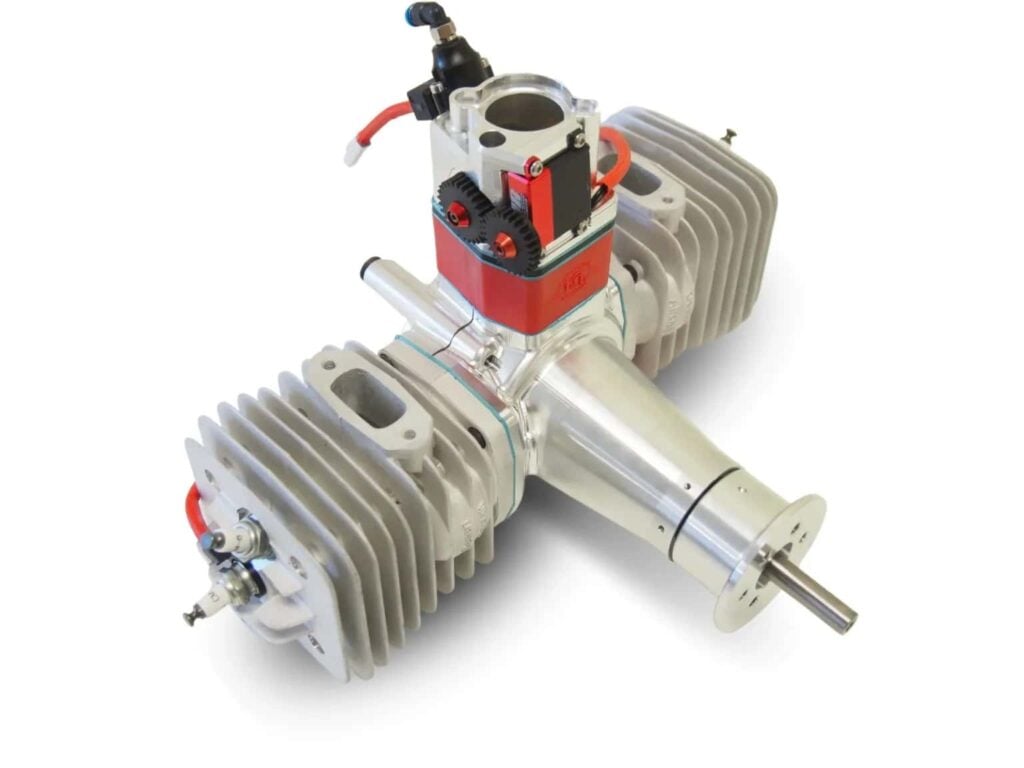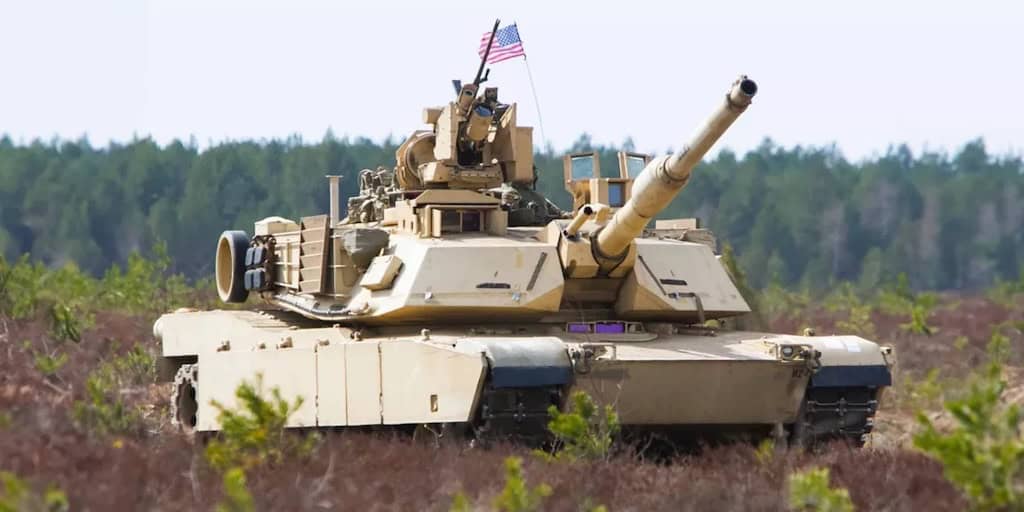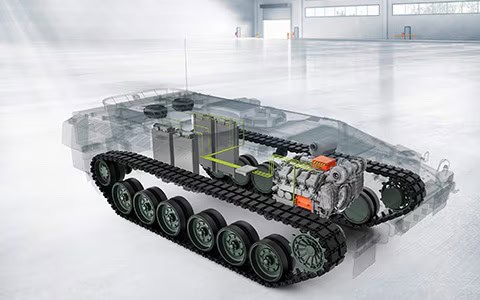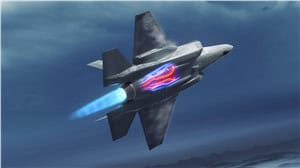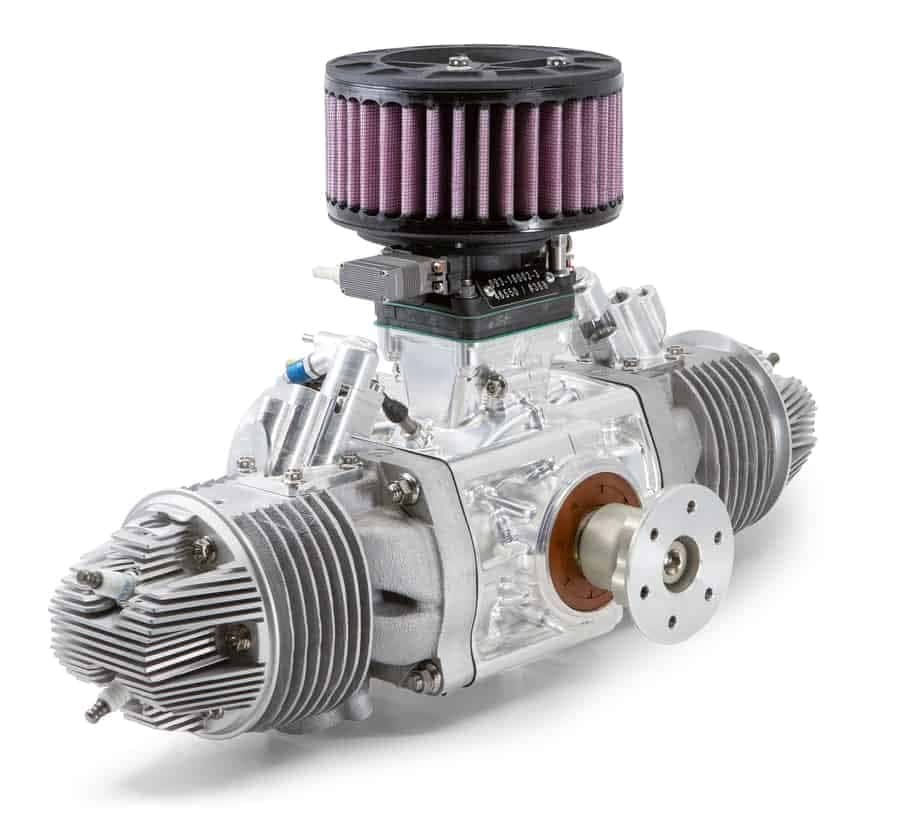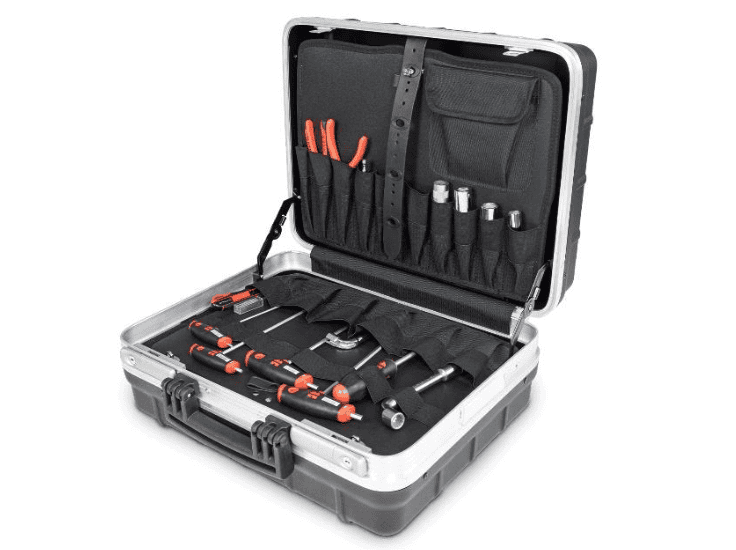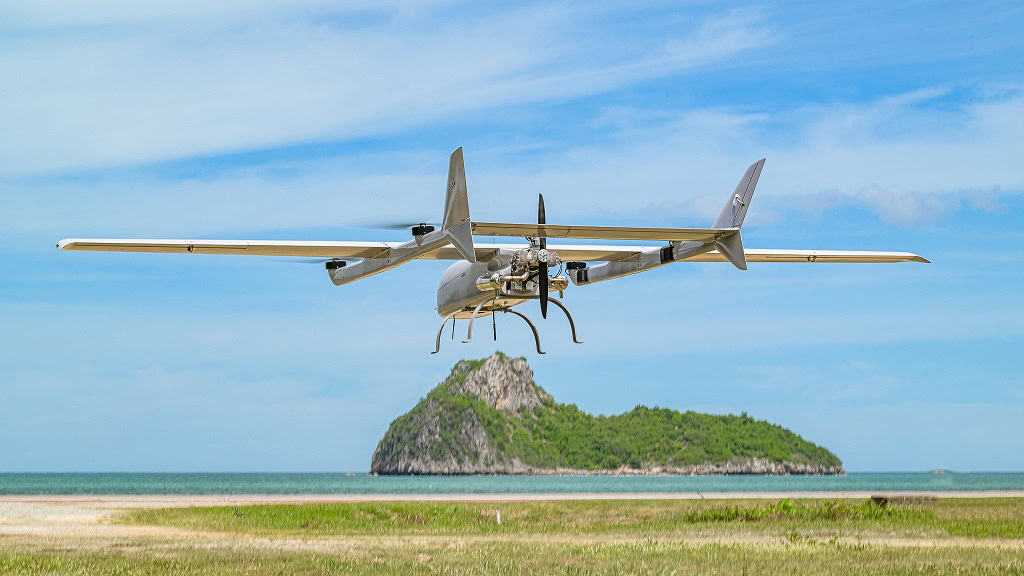Military Jet Engines
Turbojet Engines
A military turbojet engine is typically optimized for high-speed, high-altitude flight, making it highly suited to fighter jets, reconnaissance aircraft, and missiles. These engines operate by compressing incoming air, mixing it with fuel, and igniting the mixture to produce thrust. Turbojets excel at supersonic speeds and have typically been used in aircraft that require rapid acceleration and sustained high-altitude performance.
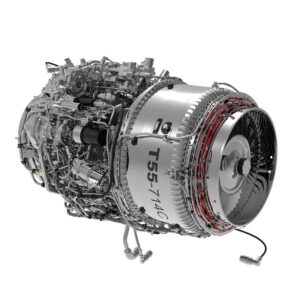
T55-714C Turboshaft Engine by Honeywell
Turbojet engines have largely been taken over by turbofan engines, which offer lower noise levels and more efficient fuel consumption.
Turboprop Engines
A turboprop engine combine gas turbines with propellers, providing a balance of efficiency and power for slower-speed aircraft. This engine type is favored for military transport planes, maritime patrol aircraft, and close-air support platforms. Turboprop engines offer excellent short takeoff and landing (STOL) capabilities, allowing them to operate from unpaved runways and austere environments.
Turboprop aircraft are typically used for logistical support, carrying personnel and equipment into forward operating bases. They are most efficient at low altitudes and over short-distance flights.
Turbofan Engines
Turbofan jet engine technology forms the backbone of modern military aviation, providing a balance of speed, range, and fuel efficiency. These engines are designed to bypass a portion of incoming air around the engine core to generate additional thrust, achieving quieter operation and greater fuel economy than turbojets. This design enhances long-range strike capabilities and allows for efficient transport of heavy payloads.
A Turbofan engine is commonly used in multirole fighter jets, bombers, and transport aircraft. They also power air-to-air refueling tankers and airborne early warning (AEW) aircraft, serving critical support roles in extended missions.
Ramjet Engines
Ramjet engines operate without moving parts, relying on the forward motion of the vehicle to compress incoming air. They are usually designed for supersonic missiles and hypersonic cruise weapons, offering speed and simplicity.
Ramjets are highly effective at speeds between Mach 3 and Mach 6, providing long-range strike capabilities for air-to-air and air-to-ground missiles while enhancing interception speed and reducing target reaction times.
Pulsejet Engines
Pulsejet engines are lightweight, simple, and capable of high thrust, making them ideal for drones, tactical unmanned aerial vehicles (UAVs), and certain missile platforms. Pulsejets function by igniting fuel in pulses, producing distinct bursts of thrust. While less efficient than other jet engines, the simplicity and low cost of a pulsejet engine makes it attractive for expendable systems.
Scramjet Engines
Scramjet (supersonic combustion ramjet) engines are designed for speeds exceeding Mach 6, enabling hypersonic weapons and aircraft. Unlike ramjets, scramjets allow combustion at supersonic airflow speeds, significantly increasing the velocity and range of missiles.
A scramjet engine can be critical for next-generation weapons that aim to bypass modern missile defense systems by operating at extreme speeds.









